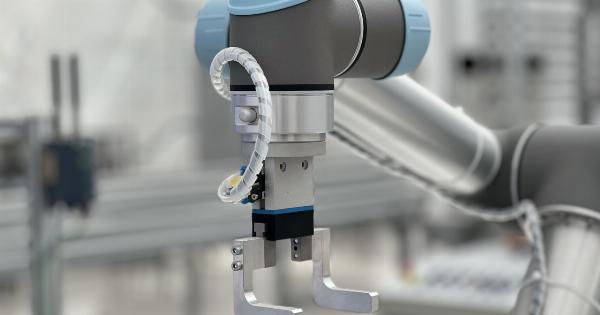When it comes to giving birth, there are different options available to women. One of the options is Caesarean delivery (commonly referred to as C-section).
C-section refers to delivering a baby through a surgical incision in the mother’s abdomen and uterus. This type of delivery is usually recommended when natural delivery poses a risk to the mother or the baby. Some women prefer C-sections for personal or medical reasons. In this article, we will take a look at some of the advantages of Caesarean delivery.
1. Planned Delivery
In some cases, Caesarean delivery may be a planned choice. This is mainly done for medical reasons. If the mother and/or the baby has a medical condition that makes natural delivery risky, a C-section can be a safer alternative.
For example, if the baby is in an unusual position, C-section is the safest choice. If the baby is too large for the mother’s pelvis, vaginal delivery may not be possible.
Women who have had previous C-sections may be advised to have another C-section delivery if the risk of uterine rupture during labor is high.
When a C-section is planned, it can be scheduled and arranged ahead of time. This gives the mother time to prepare and make arrangements for the delivery.
2. Reducing the Risk of Injury to the Baby
In some cases, natural delivery can pose risks to the baby. This can happen if the baby is in a breech position or if its head is too large to pass through the mother’s pelvic bones.
C-section can help to reduce these risks and ensure safe delivery.
Fetal distress is another reason for Caesarean delivery. Fetal distress refers to signs that the baby is not getting enough oxygen during labor.
This can happen due to a variety of reasons, such as a decrease in the mother’s blood pressure, problems with the placenta, or a prolapsed umbilical cord. C-section can help to deliver the baby quickly and prevent further distress.
3. Reducing the Risk of Trauma to the Mother
While natural delivery is generally safe, it can sometimes cause trauma to the mother. This can include tearing of the vaginal tissues, damage to the pelvic floor muscles, and sometimes even injuries to the mother’s rectum.
These injuries can lead to pain, discomfort, and long-term complications.
Women who have had previous vaginal deliveries and suffered from these types of complications may opt for a C-section in subsequent deliveries to avoid the risk of further trauma.
4. Recovering Faster
Recovering from a C-section delivery is different from recovering from natural delivery. However, some women may find C-section recovery to be faster and less painful.
This is because the incision is made in the abdominal wall, rather than in the vaginal tissues.
While C-section recovery may be faster, it is important to note that the mother will still need to take time to rest and recover.
It is essential to follow the doctor’s orders and take proper care of the incision to avoid complications and ensure proper healing.
5. Control over the Delivery Process
One advantage of planned C-sections is that the mother has a sense of control over the delivery process. This is because the delivery can be planned and arranged ahead of time, giving the mother time to prepare mentally and physically for the surgery.
In some cases, the mother may also choose to have a C-section for personal reasons.
For example, some women may have anxiety or fear of labor, and a planned C-section can help to reduce these fears and provide a sense of control over the delivery process.
6. Safer Delivery for Twins or Multiple Babies
Women who are carrying twins or multiple babies have a higher risk of complications during delivery. C-section can help to reduce these risks and ensure a safer delivery.
For example, if the babies are in different positions, vaginal delivery may be more difficult. C-section can help to ensure that both babies are delivered safely without risk of injury.
7. Avoiding Infections and Other Complications
C-section can help to reduce the risk of infections and other complications during delivery. This is because the surgery is performed in a sterile environment, reducing the risk of bacterial infection.
In some cases, women who have certain medical conditions, such as HIV or herpes, may be advised to have a C-section to reduce the risk of passing the infection to the baby during delivery.
It is important to note that C-section also poses some risks and should only be done when necessary or preferred by the mother. It is essential to discuss the options and risks with a doctor before choosing a delivery method.
Conclusion
Caesarean delivery can be a good option for women for a variety of reasons. Whether due to medical issues or personal preference, C-section can help to ensure a safe and healthy delivery for both the mother and the baby.
It is important to talk to your doctor about the different options available and make an informed decision based on your individual circumstances.































